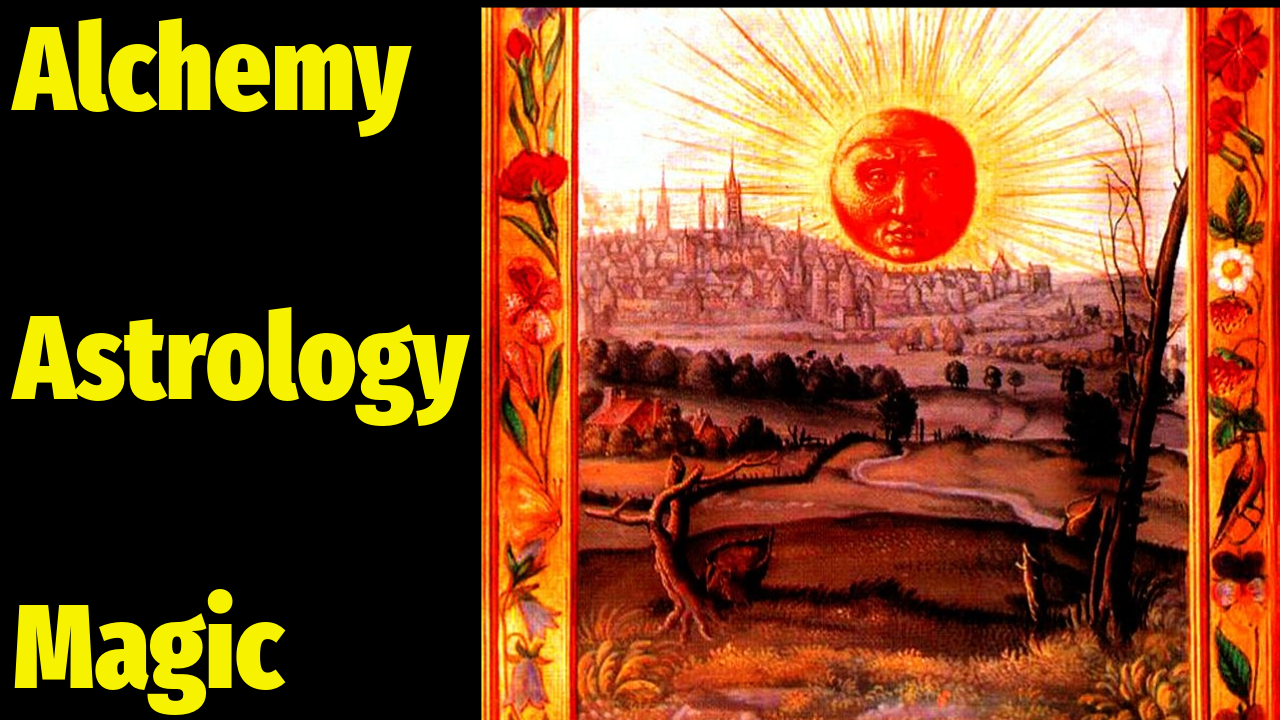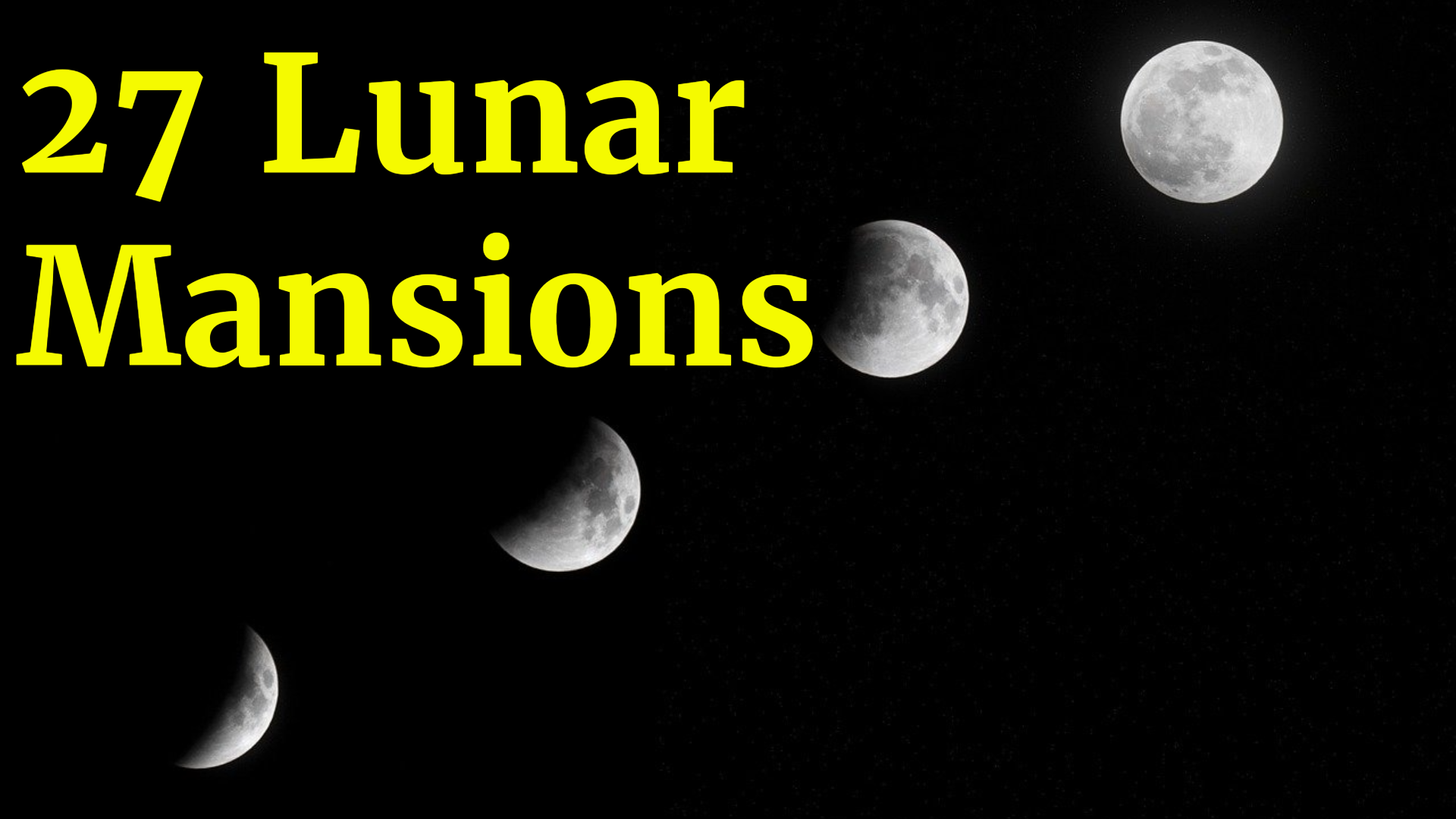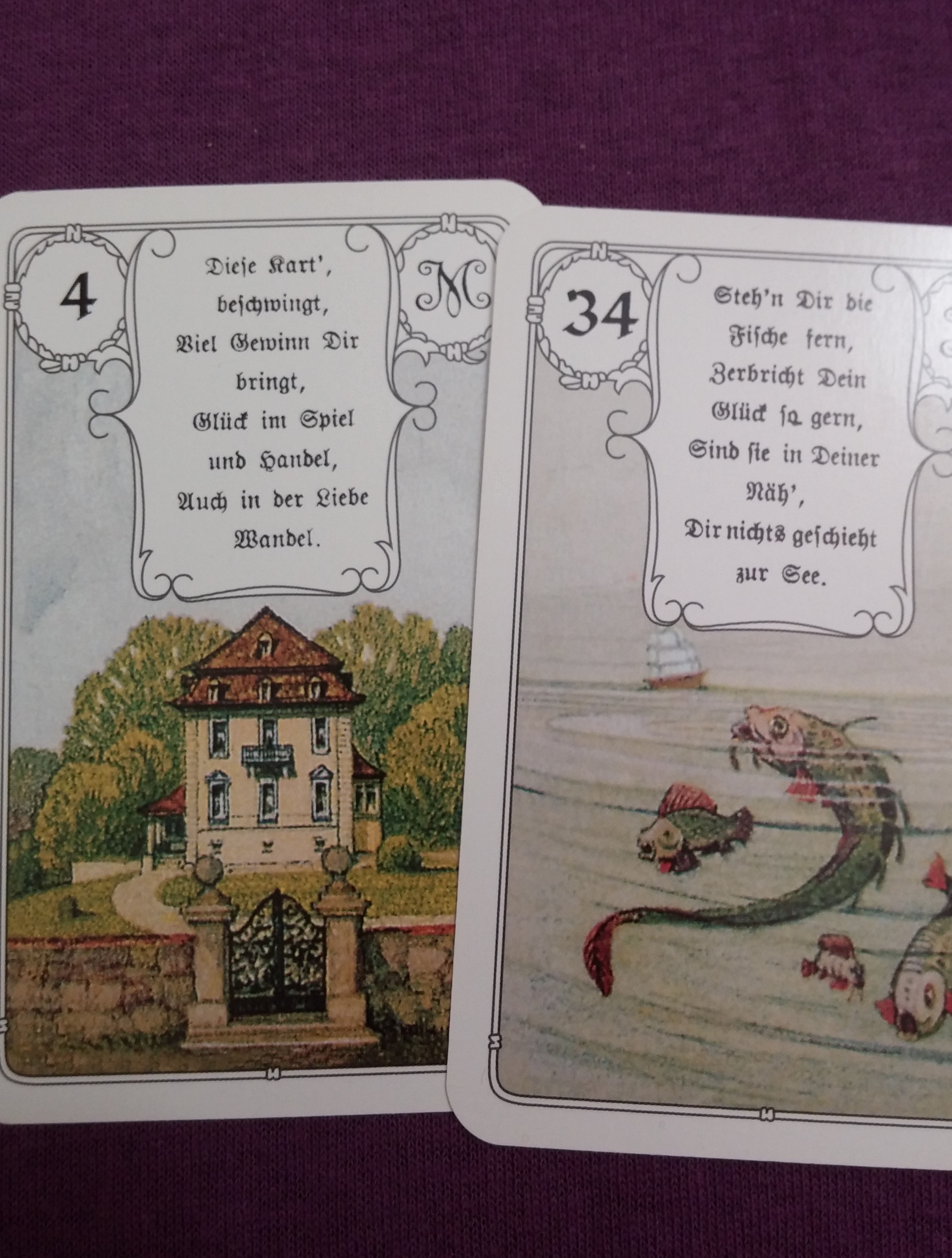
The occult is a category of esoteric and supernatural beliefs and practices, encompassing phenomena involving a ‘hidden’ or ‘secret’ agency, such as magic and mysticism.
It can also refer to paranormal ideas such as extra-sensory perception and parapsychology.
The Occult, from the Latin word occultus, meaning “clandestine”, “hidden”, “secret”, is defined as “knowledge of the hidden”.
In common usage, occult refers to “knowledge of the paranormal”, as opposed to “knowledge of the measurable”, usually referred to as science. The words esoteric and arcane are sometimes used to describe the occult, although they do not have the same meaning.
The term “occult sciences” is often used in a broad and sometimes vague way, and the practices and beliefs associated with it can vary widely, often concerned with knowledge that is considered beyond the scope of mainstream science or common understanding.
It was used in 16th-century Europe to refer to astrology, alchemy, and natural magic, although the concept is present all over the world since immemorial times.
The term “occultism” emerged in 19th-century France and became associated with various esoteric groups and traditions.
It generally refers to a collection of practices and beliefs that explore hidden knowledge, unseen forces and dimensions, with the three major branches traditionally being alchemy, astrology and magic.
While these sciences have long been shrouded in secrecy, they have played a profound role in shaping philosophical thought, mystical practices, and even early scientific inquiry.
Often misunderstood or dismissed as superstition, these sciences have played a significant role in human history, blending philosophy and practical wisdom.
Many occult practices are rooted in esoteric traditions, which are characterized by their focus on inner knowledge and understanding.
The 3 Main Occult Sciences:
Alchemy: The practice of transforming base metals into gold and seeking the elixir of life.
Astrology: The study of the influence of celestial bodies on human affairs and events.
Natural Magic (Magia Naturalis): The use of rituals, incantations and practices to influence events or achieve specific outcomes, harnessing the powers of nature.
Other branches of Occult sciences are:
Numerology: the belief in an occult, divine or mystical relationship between a number and one or more coinciding events.
Divination: the practice of seeking knowledge or predicting the future through various methods, such as cartomancy, scrying or palmistry.
Spiritualism: the belief in communication with the spirits of the dead.
Witchcraft: the practice of using magic, often with a focus on nature and healing.
Hermeticism: a system that emphasizes the importance of knowledge and wisdom, often associated with ancient Greek and Egyptian traditions.
Kabbalah: a Jewish mystical tradition that explores the hidden nature of the divine and the universe.
Let’s explore these concepts in detail:
1. Alchemy: The Sacred Art of Transformation
Alchemy is one of the oldest and most profound occult sciences, rooted in ancient Egypt, Greece, India and later flourishing in the Islamic Golden Age and medieval Europe. Alchemists sought to transform base metals into gold and discover the philosopher’s stone, a legendary substance believed to grant immortality.
It carried deep symbolic meanings tied to personal transformation, enlightenment and inner purification. Figures such as Paracelsus and Nicholas Flamel contributed heavily to this field, blending chemistry with mysticism.
The alchemical process mirrors the stages of inner growth: calcination (breaking down ego), dissolution (facing the unconscious), coagulation (integration of opposites).
While modern science emerged from alchemy’s experimental methods, its symbolic depth remains relevant for seekers of self-realization.
2. Astrology: Mapping the Cosmic Blueprint
Astrology traces its origins to Babylonian star charts and Jyotish Vedic Astrology, and gained prominence mostly in Mediterranean and Asian cultures.
By observing celestial bodies and their movements, astrologers believed they could predict events, understand personality traits, and guide decision-making.
The zodiac system, planetary alignments, and horoscopes are some of the enduring legacies of astrology.
Modern astrology has evolved to include psychological insights, often used for self-reflection and guidance.
3. Natural Magic (Magia Naturalis):
Natural magic deals with natural forces directly, as opposed to ceremonial magic which deals with the summoning of spirits. Natural magic makes use of physical substances from the natural world, such as stones or herbs.
It includes disciplines that we would today consider fields of natural science, such as chemistry and botany.
Heinrich Cornelius Agrippa discusses natural magic in his Three Books of Occult Philosophy (1533), where he calls it “nothing else but the highest power of natural sciences”.
Magia Naturalis (in English, Natural Magic) is a work of popular science by Giambattista della Porta first published in Naples in 1558.
Its twenty books include observations upon geology, optics, medicines, poisons, cooking, metallurgy, magnetism, cosmetics, perfumes, gunpowder and invisible writing.
Other branches are:
Numerology: The Language and Power of Numbers
Numerology is the study of numbers and their mystical significance. It suggests that numbers hold vibrational frequencies that influence life patterns, character traits, and future events. Each number is believed to have symbolic meaning, with calculations such as life path numbers or destiny numbers serving as tools for insight and guidance.
For example, the number 1 signifies independence and leadership, while 7 embodies introspection and wisdom.
Divination: The Art of Revelation and Seeking Hidden Truths
Divination is a broad category encompassing methods like tarot reading, scrying, I Ching, and runes. Practitioners use symbolic tools and intuition to uncover hidden truths or foresee potential outcomes. Tarot, in particular, has grown in popularity due to its rich imagery and capacity to offer revelations.
Each method relies on symbolic language that taps into the subconscious, offering intuitive guidance.
In Hebrew, “Nachash” means “serpent” or “snake”, and is associated with divination, and is also used to describe the serpent in the Garden of Eden.
Spiritualism
Spiritualism was popular in the 19th and 20th centuries, according to which an individual’s awareness persists after death and may be contacted by the living.
The afterlife, or “spirit world”, is seen by spiritualists not as a static place, but as one in which spirits continue to interact and evolve.
These two beliefs—that contact with spirits is possible, and that spirits are more advanced than humans—lead spiritualists to believe that spirits are capable of advising the living on moral and ethical issues and the nature of God.
Witchcraft
Witchcraft is the use of alleged supernatural powers or magic by a person called a witch.
Traditionally, “witchcraft” means the use of magic to inflict harm or misfortune on others, and this remains the most common and widespread meaning.
Many indigenous belief systems that include the concept of witchcraft likewise define witches as malevolent, and seek healers (such as medicine people and witch doctors) to ward-off and undo bewitchment.
The reality is that there are “white witches”, practitioners who focus on benevolent magic, using their abilities for healing, protection, and positive energy, and “black witches”, who are associated with harmful magic.
Hermeticism
Hermeticism is a philosophical and religious tradition based on the writings attributed to the legendary figure of Hermes Trismegistus, encompassing occultism, magic, and a search for ancient wisdom, with roots in ancient Greek and Egyptian traditions and influential during the Renaissance. It emphasizes the interconnectedness of the universe and the potential for human growth through understanding and interacting with natural laws.
The Kabbalah: Sacred Mystical Wisdom
Stemming from Jewish esotericism, it is focused on the structure of the universe, the soul’s journey and the nature of God.
Kabbalistic teachings use sacred texts like the Zohar to unlock deeper mystical truths. The Tree of Life, a core symbol in Kabbalistic practice, maps out divine energies and paths of wisdom and enlightenment.
Zahir and Sufism
Ẓāhir is an Arabic term for what is external and manifest. Certain esoteric interpretations of Islam maintain that the Quran has an exoteric or apparent meaning, known as zahir, but also an underlying esoteric meaning, known as batin, which can be interpreted only by a figure of esoteric knowledge.
In Sufism, the actions of an individual are the zahir, and the intention in the heart is the batin. Zahir is the world of bodies whereas batin is the world of souls.
The zahir (exoteric) form and the batin (esoteric) essence co-exist, in that the zahir form is the manifestation of the batin essence. The zahir (outer form) without the batin (essence) is just like a mirage or an illusion.
Throughout history, these occult sciences have influenced art, literature, scientific thought and personal growth. Renaissance thinkers merged esoteric knowledge with scientific ideas.
These principles also shaped many influential occult societies.
They have endured for centuries because they speak to the universal human desire for meaning, transformation, and connection with unseen forces.
In modern times, the occult sciences have experienced a resurgence as people seek mystical meaning outside conventional frameworks.
Whether approached as symbolic tools for introspection or as genuine systems of exploration, these disciplines continue to captivate those drawn to the mysteries of existence.
By integrating these timeless practices into your life, you can create a deeply immersive experience that offers both mystical insight and practical wisdom.
While often shrouded in mystery, they reflect a timeless quest for deeper understanding, a journey that transcends the physical world and invites seekers to explore the unseen realms of consciousness and the self.
What do you think of Occult Sciences and what do they represent to you? Do you experiment with any of them? Let us know in the comment section, subscribe and share the post!!!
Also, check our website for consultations, tarot readings, exclusive videos, courses, occult related items and more!!!
Video version here:
Occult Sciences – Meaning and Historical Interpretation
Interesting sources, additional info, courses, images, credits, attributions and other points of views here:
Balancing and Healing the Chakras through Yoga https://www.udemy.com/course/balancing-and-healing-the-chakras-through-yoga/?referralCode=12C81A148616B419AA06
Mudras to Balance and Harmonize your Chakras and Energy Body https://www.udemy.com/course/mudras-to-balance-and-harmonize-your-energy-body/?referralCode=1A275C6E67E05E8C8130
Elemental Energy for Success and Well Being https://www.udemy.com/course/elemental-energy-for-success-and-well-being/?referralCode=A680413E03BEAD96E744
Book a Tarot reading here: https://www.suryaholistictarot.com/book-a-reading/
Check our soundtrack here:
https://lennyblandino.bandcamp.com/track/fire-meditation-1
Websites:
https://www.staciebronson.com/
Links and References:
https://en.wikipedia.org/wiki/Alchemy
https://en.wikipedia.org/wiki/Astrology
https://en.wikipedia.org/wiki/Hermeticism
https://en.wikipedia.org/wiki/Natural_magic
https://en.wikipedia.org/wiki/Magia_Naturalis
https://en.wikipedia.org/wiki/Numerology
https://en.wikipedia.org/wiki/Divination
https://en.wikipedia.org/wiki/Kabbalah
https://en.wikipedia.org/wiki/Serpents_in_the_Bible
https://en.wikipedia.org/wiki/Zahir_(Islam)
https://en.wikipedia.org/wiki/Sufism
https://en.wikipedia.org/wiki/Spiritualism_(movement)
https://en.wikipedia.org/wiki/Witchcraft
https://thonyc.wordpress.com/2022/02/16/the-demise-of-the-occult-sciences/
PICS:
https://en.wikipedia.org/wiki/Hermeticism#/media/File:HermesTrismegistusCauc.jpg
https://en.wikipedia.org/wiki/Alchemy#/media/File:Esoteric_Taijitu.svg
https://en.wikipedia.org/wiki/Alchemy#/media/File:Joseph_Wright_of_Derby_The_Alchemist.jpg
https://en.wikipedia.org/wiki/Alchemy#/media/File:Raimundus_Lullus_alchemic_page.jpg
https://en.wikipedia.org/wiki/Jewish_astrology#/media/File:Beit_alfa01.jpg
https://commons.wikimedia.org/wiki/File:Vintage_astrology_dark_blue.jpg
https://commons.wikimedia.org/wiki/File:JYOTISHACHARYA_MUDIT_MISHRA.jpg
https://en.wikipedia.org/wiki/Botany#/media/File:Arabidopsis_thaliana_inflorescencias.jpg
https://en.wikipedia.org/wiki/Classical_element#/media/File:Leibniz_four_elements.jpg
https://en.wikipedia.org/wiki/Numerology#/media/File:Agrippan_numerology_table.jpg
https://en.wikipedia.org/wiki/Divination#/media/File:Rhumsiki_crab_sorceror.jpg
https://en.wikipedia.org/wiki/Witchcraft#/media/File:John_William_Waterhouse_-_Magic_Circle.JPG
https://en.wikipedia.org/wiki/Kabbalah#/media/File:Portae_Lucis_1516.jpg
https://en.wikipedia.org/wiki/Sufism#/media/File:Tomb_of_Abdul_Qadir_Jilani,_Baghdad.jpg
https://en.wikipedia.org/wiki/Sufism#/media/File:Six_Sufi_masters.jpg
https://en.wikipedia.org/wiki/List_of_occult_symbols#/media/File:Green_lion_consuming_the_sun.jpg
https://en.wikipedia.org/wiki/List_of_occult_symbols#/media/File:Squaring_the_circle.jpg
https://pixabay.com/illustrations/ai-generated-books-library-magic-8404320
https://pixabay.com/illustrations/ai-generated-priest-occult-religion-8644753
https://pixabay.com/illustrations/ai-generated-trial-witch-fantasy-8649795
https://pixabay.com/photos/crystal-ball-fortune-telling-ball-8392380
https://pixabay.com/photos/fortune-telling-tarot-to-come-up-4896472
https://pixabay.com/photos/mural-painting-wall-painting-art-2796296
https://pixabay.com/photos/girl-dress-building-ruins-5477610
https://en.wikipedia.org/wiki/Alchemy#/media/File:Splendor_Solis_22_sun_rising_over_city.jpg

